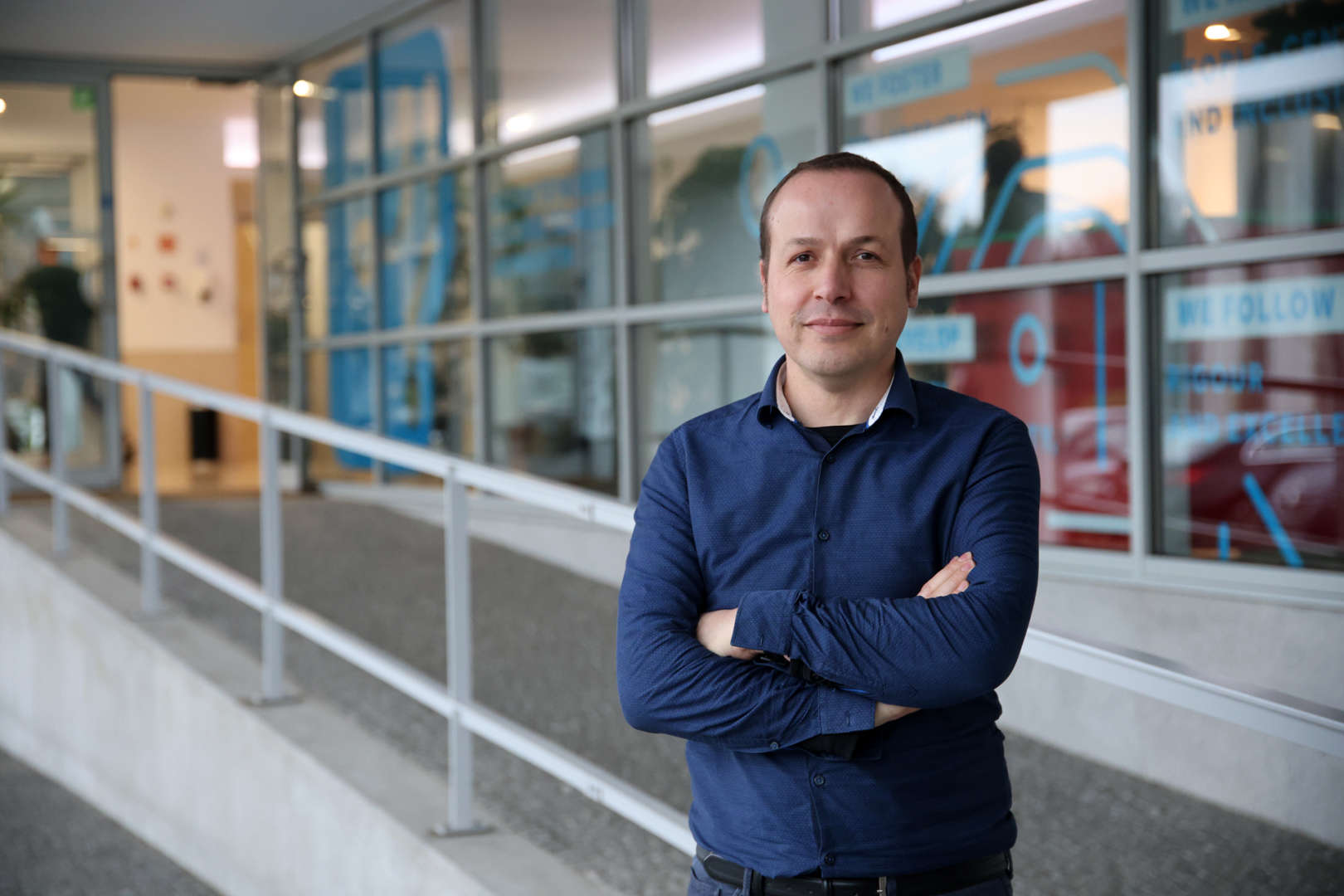Sobre
Filipe Neves dos Santos nasceu em São Paio de Oleiros, em Portugal, em 1979. Doutorado em engenharia eletrotécnica e computadores (2014) pela Faculdade de Engenharia da Universidade do Porto (FEUP), Mestrado em engenharia eletrotécnica e computadores – automação e robótica (2007) pelo Instituto Superior Técnico (IST) da Universidade Técnica de Lisboa, licenciado em engenharia eletrotécnica e computadores (2003) pelo Instituto Superior de Engenharia do Porto (ISEP). Profissionalmente é apaixonado pela investigação e desenvolvimento de soluções robóticas e automatização que permitam resolver problemas reais, desejos e necessidades da nossa sociedade e contribuir para a autossustentabilidade e justiça da economia global. Neste momento a sua principal linha de investigação centra-se no desenvolvimento de soluções robotizadas para o setor agrícola e florestal, onde é necessária uma maior eficiência para a nossa autossustentabilidade mundial. Em 2013, considerando a realidade de Portugal e os principais roteiros de inovação, estruturou um roteiro de investigação centrado no desenvolvimento de robótica e sistemas inteligentes para o contexto agrícola e florestal. Nomeadamente, em contextos de declive acentuado e sem acesso a GPS/GNSS, onde são requeridas a execução de tarefas tais como: monitorização (por terra), pulverização de precisão, logística, poda e colheita seletiva. A execução eficiente destas tarefas depende em grande parte da robustez dos sistemas robóticos específicos, tais como: Perceção visual;- Navegação (localização, mapeamento e planeamento de caminhos seguros); e Manipulação e ferramentas especificas. A sua formação em engenharia MSc (fusão sensorial e GPS/GNSS), PhD (mapeamento e localização semântica), experiência de 4 anos como empreendedor (startup tecnológica), participação e coordenação de projetos de investigação na área da robótica durante mais de 12 anos, 5 anos de experiência em tarefas de contabilidade e gestão (empresa familiar), e 6 anos como técnico de eletrónica fornecerão o saber saber e saber fazer para que possa contribuir para o sucesso do futuro da robótica agrícola.


